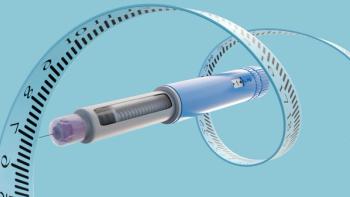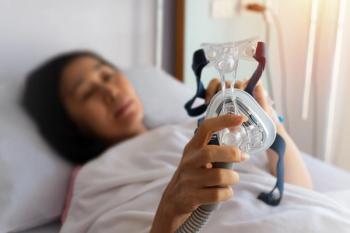
Joint Commission: Opioid Use Better Managed with Leadership, Data Access
Hospital pharmacists are encouraged to play a larger role for improving patient outcomes.
According to the CDC, more than 650,000 opioid prescriptions are dispensed daily in the United States.
In a session at the American Society of Health-System Pharmacists (ASHP) Summer Meeting in Boston, presenter Jeannell Mansur, PharmD, CJCP, FASHP, said that even 1 opioid prescription can trigger long-term dependence and addiction. Risk of chronic opioid use increases with each additional day of opioid medication starting with the third day. Sharpest increases in chronic opioid use occur after the fifth and 31st days of use, a second prescription or refill, and an initial supply of 10 or 30 days.
Each day in the United States, 3900 individuals initiate nonmedical use of prescription opioids, 580 individuals start using heroin, and 78 opioid users die from related overdose, according to the CDC.
In her presentation, Mansur, who is Principal Consultant for Medication Management and Safety for Joint Commission Resources, provided an overview of the commission’s past standards for
In the 1980s, opioids were not considered addictive, Mansur said. In the early 2000s, the Joint Commission encouraged care providers to utilize pain as a “fifth vital sign” in hospitals. That standard was gradually phased out as new information became available and the assessment of pain in patients became controversial.
Concerns over screening for pain include how pain treatment has led to an overreliance on opioids, as well as some clinicians becoming “overzealous” in treating pain, and the screening standard was eventually eliminated.
“Our standards went through some very significant changes,” said Mansur.
Changes to the Joint Commission standards work to address current challenges facing some medical organization. These challenges include:
- No assessment for history of opioid addiction
- No risk factor screening for respiratory depression
- Opioids used when they are not necessary to control pain
- Nonpharmacologic, non-opioid modalities are not used
- Prescribing patterns are typically not monitored
- Prescribing at high-dose, long duration, ER/XR
- Patients are not educated about addiction potential, adverse effects and proper disposal methods
Leadership is the focus of one significant update to the Joint Commission standards.
“This is a standard that really creates the new framework for pain management in your organization. It’s not business as usual. It is really an expectation that the hospital proactively look at pain management,” said Mansur.
This updated standard calls for hospitals to have a leader or leadership team responsible for pain management and safe opioid practices. In an effort to increase leadership engagement, this individual or team would develop and monitor performance and improvement activities related to opioid use, and help to establish hospital protocols.
Under the new standards, hospitals also would provide nonpharmacologic pain management options in an effort to reduce the need for opioids. In addition, hospitals would provide staff with educational resources and programs directed at improving pain assessment and management, and safety with prescribed opioid use. In addition, patient referrals for treatment consultations and opioid treatment programs are included in the standards update.
Under the updated standards, hospital pharmacists are recommended to have access to Prescription Drug Monitoring Program databases
Pharmacists can take a lead in identifying measures of opioid prescribing and developing processes to making data available for tracking, analysis and follow up actions, according to Mansur.
Documenting a patient’s pain and treatment should be included in health records. The updated Joint Commission standards call for hospitals to reassess and respond to patient pain through evaluation and documentation of responses to treatment, such as adverse effects and risk factors for adverse events, as well as progress toward pain management.
A pain management team should also include the patient in discussions about treatment and document their expectations. according to the standard updates. Providers should incorporate patients’ expectations into a realistic pain management plan.
The patient’s input has been something that was previously missing from these discussions, Mansur said.
Patient education and following up with treatment progress evaluations also are recommended `in the updated standards. Discharge instructions for managing pain at home, activities of daily living, adverse effects, and safe use, storage and disposal of opioid medications are needed.
Reference
Mansur J. Joint Commission Update: Focus on New Standards—Pain and Beyond. Presented at Association of Health-System Pharmacists Summer Meeting; June 8, 2019; Boston, MA. Accessed June 8, 2019.
Newsletter
Stay informed on drug updates, treatment guidelines, and pharmacy practice trends—subscribe to Pharmacy Times for weekly clinical insights.
















































































































































































































